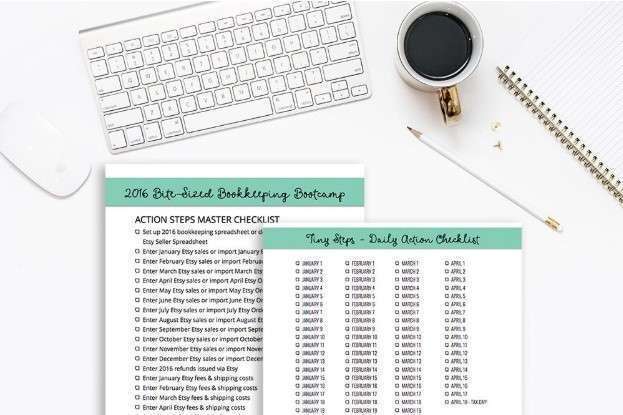
Changes in the composition of retained earnings reveal important information about a corporation to financial statement users. A separate formal statement—the statement of retained earnings—discloses such changes. Let’s say that in March, business continues roaring along, and you make another $10,000 in profit.
- Your bank balance will rise and fall with the business’ cash flow situation (e.g. received payments and spending), but the retained earnings are only affected by the current period’s net income/loss figure.
- Normal, recurring corrections and adjustments, which follow inevitably from the use of estimates in accounting practice, are not treated as prior period adjustments.
- This statement provides a bridge between the income statement and the balance sheet, showing how the profits attributable to shareholders have been utilized.
- Traders who look for short-term gains may also prefer dividend payments that offer instant gains.
The retained earnings calculation

However, it differs from this conceptually because it’s considered earned rather than invested. If your business is small or young, it does retained earnings have a debit or credit balance might seem that using retained earnings in this way makes complete sense – and you’d be right. What you do with retained earnings can mean the difference between business success and failure – especially if your business is aiming to grow.
Where Is Retained Earnings on a Balance Sheet?

Your retained earnings account on January 1, 2020 will read $0, because you have no earnings to retain. Retained earnings are like a running tally of how much profit your company has managed to hold onto since it was founded. They go up whenever your company earns a profit, and down every time you withdraw some of those profits in the form of dividend payouts.
- The negative net income affects the retained earnings account by reducing it.
- If your business is small or young, it might seem that using retained earnings in this way makes complete sense – and you’d be right.
- As a result of higher net income, more money is allocated to retained earnings after any money spent on debt reduction, business investment, or dividends.
- Hence, retained earnings are the portion of a company’s net income that is set aside by the company for various operational purposes after dividend payments to its shareholders.
- The statement also aids in the analysis of a company’s operational effectiveness and strategic financial management over time.
- The details are up to you, and you should use what you’ve learned here to make smart decisions regarding retained earnings and the future of your business.
Significance of retained earnings in attracting venture capital
A company with a high level of retained earnings indicates that it has been able to generate consistent profits, which can be used for reinvestment in the business or to fund future growth opportunities. When companies declare dividends, the amount is deducted from their retained earnings. Therefore, the more often a company pays dividends to its shareholders, the more its retained earnings balance gets reduced.
Revenue vs. net profit vs. retained earnings
- Journal entries for retained earnings are made when the company transfers its net income to the income summary account and when dividends are paid out.
- Retained earnings are directly impacted by the same items that impact net income.
- When companies declare dividends, the amount is deducted from their retained earnings.
- If the result is positive, it means the company has added to its retained earnings balance, while a negative result indicates a reduction in retained earnings.
- For example, a change in consumer behavior might necessitate increased marketing spend, affecting both net income and retained earnings.
In partnerships, retained earnings are distributed among partners according to the partnership agreement. This agreement outlines the proportion of profits (or losses) each partner is entitled to. Retained earnings in a partnership are not kept in the business as a separate entity; https://www.instagram.com/bookstime_inc instead, they are allocated to each partner’s capital account.
- Although you can invest retained earnings into assets, they themselves are not assets.
- The firm need not change the title of the general ledger account even though it contains a debit balance.
- Retained earnings variance analysis involves examining the differences between projected and actual retained earnings over a period.
- The goal is to maintain a balance that supports your business’s health and strategic goals while meeting shareholder expectations.
- Expenses are grouped toward the bottom of the income statement, and net income (bottom line) is on the last line of the statement.
Also, keep in mind that the equation you use to get shareholders’ equity is the same you use to get your working capital. It’s a measure of the resources your small business has at its disposal to fund day-to-day operations. Retained earnings are usually considered a type of equity as seen by their inclusion in the shareholder’s equity section of the balance sheet. Though retained earnings are not an asset, they can be used to purchase assets in order to help a company grow its business. Retained earnings are affected by any increases or decreases in net income and dividends paid to shareholders.

What is the Normal Balance in the Retained Earnings Account?
The normal balance in a company’s retained earnings account is a positive balance, indicating that the business has generated a credit or aggregate profit. This balance can be relatively low, even for profitable companies, since dividends are paid out of the retained earnings account. Accordingly, the normal balance isn’t an accurate https://www.bookstime.com/ measure of a company’s overall financial health. You can find your business’s previous retained earnings on your business balance sheet or statement of retained earnings.
